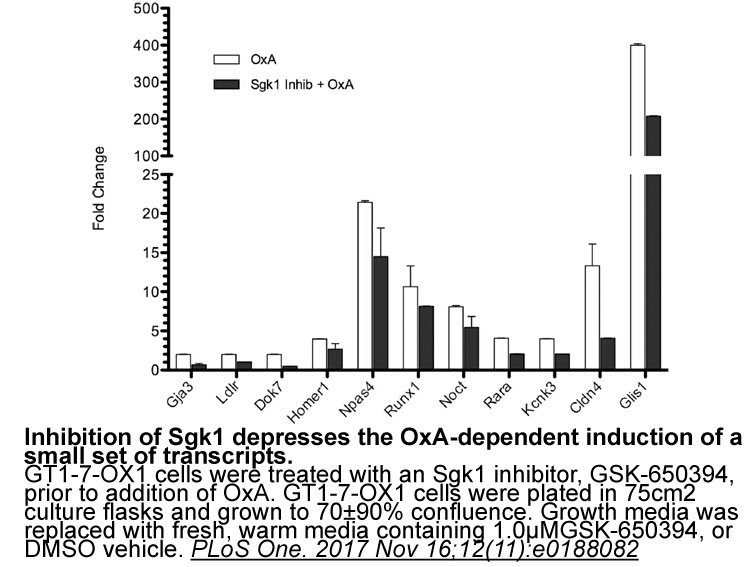Archives
It is now well accepted that
It is now well accepted that increased local estrogen levels are associated with both  the onset and growth of breast cancer. Tissue concentrations of estradiol (E2) in breast cancer are 10 times higher than that found in plasma [12]. Breast cancer tissues also contain increased activity and expression of estrogen-activating enzymes, such as aromatase [13], [14], 17β-hydroxysteroid dehydrogenase type 1 (17βHSD1) [15], [16], and sulfatase (STS) [17], [18], [19], compared to the estrogen-inactivating BIIE 0246 and 17β-hydroxysteroid dehydrogenase type 2 (17βHSD2) and sulfotransferase (EST). Therefore, we decided to conduct an in vitro study to examine the hypothesis that particular progestogens enhance the risk of carcinogenesis through the stimulation of estrogen-activating enzymes in breast cancer cells. We tested progesterone (P4) and MPA, as well as three other synthetic progestogens, dienogest (DNG), norethindrone (NET) and levonorgestrel (LNG), used in oral contraceptives. We also investigated the effects of progestogens on the E2-stimulated cell proliferation of breast cancer cells. Furthermore, to mimic HRT in vivo, we established in vitro models for a continuous combined regimen (CCR) and a sequential combined regimen (SCR) and investigated the relationship between the schedule of progestogen administration and breast cancer risk.
the onset and growth of breast cancer. Tissue concentrations of estradiol (E2) in breast cancer are 10 times higher than that found in plasma [12]. Breast cancer tissues also contain increased activity and expression of estrogen-activating enzymes, such as aromatase [13], [14], 17β-hydroxysteroid dehydrogenase type 1 (17βHSD1) [15], [16], and sulfatase (STS) [17], [18], [19], compared to the estrogen-inactivating BIIE 0246 and 17β-hydroxysteroid dehydrogenase type 2 (17βHSD2) and sulfotransferase (EST). Therefore, we decided to conduct an in vitro study to examine the hypothesis that particular progestogens enhance the risk of carcinogenesis through the stimulation of estrogen-activating enzymes in breast cancer cells. We tested progesterone (P4) and MPA, as well as three other synthetic progestogens, dienogest (DNG), norethindrone (NET) and levonorgestrel (LNG), used in oral contraceptives. We also investigated the effects of progestogens on the E2-stimulated cell proliferation of breast cancer cells. Furthermore, to mimic HRT in vivo, we established in vitro models for a continuous combined regimen (CCR) and a sequential combined regimen (SCR) and investigated the relationship between the schedule of progestogen administration and breast cancer risk.
Materials and methods
Results
Discussion
Based on the findings that high local estrogen concentrations in breast tissue increased breast cancer risk, we investigated the effect of progestogens on estrogen-metabolizing enzymes in breast cancer cell lines. Of the five main enzymes involved in estrogen metabolism, aromatase, 17βHSD1, and STS increase estrogenic activity, while 17βHSD2 and EST decrease estrogenic activity. In breast cancer tissues, aromatase activity is often elevated relative to surrounding normal breast and adipose tissues [13], [14], and the activities of 17βHSD1 [15], [16] and STS [17], [18], [19] are higher than the activities of 17βHSD2 and EST that catalyzed the respective reverse reactions. Together, these factors lead to hyperestrogenic conditions in breast cancer tissues.
In the present study, MPA, in the presence of E2, stimulated both the mRNA levels and activities of estrogen-activating enzymes aromatase, 17βHSD1, and STS, but had negligible effect on estrogen-inactivating enzymes 17βHSD2 and EST. These results suggested that MPA stimulated transcription of the estrogen-activating enzyme genes and enhanced local estrogenic activity. It should be noted that this effect was based on enzyme induction rather than simple interaction between steroids and enzyme catalytic sites. P4 with E2 had similar effects on the enzymes, although at a lower magnitude compared with MPA. In contrast to the stimulatory effects of MPA, the other progestogens DNG, LNG, and NET did not significantly stimulate the estrogen-activating enzymes. A possible explanation for the differences between progestogens is their different structural and functional characteristics. Synthetic progestogens can be classified into two major subtypes, such that MPA is a 17α-hydroxyprogesterone derivative that possesses glucocorticoid-like as well as progestational activity, but has less of an androgenic effect. In contrast, DNG, LNG, and NET are 19-nortestosterone derivatives that exhibit higher affinities to the androgen receptor than MPA. Individual synthetic progestogens bind with different affinities to various steroid receptors, such as the progesterone receptor, androgen receptor, mineralocorticoid receptor, and glucocorticoid receptor, thereby exerting complex actions on target tissues [25].
However, regardless of enzyme stimulation, our present study showed that in the presence of E2 all the progestogens tested, including MPA and P4, inhibited the E2-stimulated proliferation of breast cancer cells. It is interesting to speculate on the apparently conflicting findings between enzyme stimulation and proliferation inhibition by MPA. While MPA may inhibit proliferation, it does not necessarily follow that MPA would suppress the development of cancer in the breast, such that the hyperestrogenic conditions induced by MPA may cause an increased risk of developing cancer despite the inhibited proliferation. Although our in vitro data cannot be applied directly to clinical findings, it appears likely that compared with DNG, LNG and NET, MPA may induce a hyperestrogenic condition locally in breast tissues when used in combination with E2 in HRT, such that MPA may not be the best option as the progestogen for HRT.
findings, it appears likely that compared with DNG, LNG and NET, MPA may induce a hyperestrogenic condition locally in breast tissues when used in combination with E2 in HRT, such that MPA may not be the best option as the progestogen for HRT.